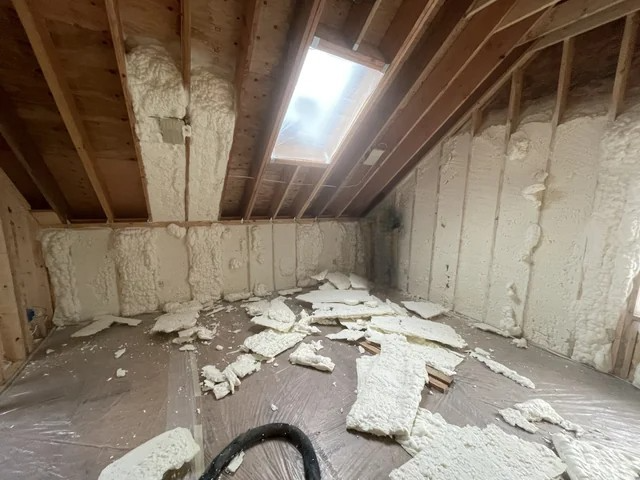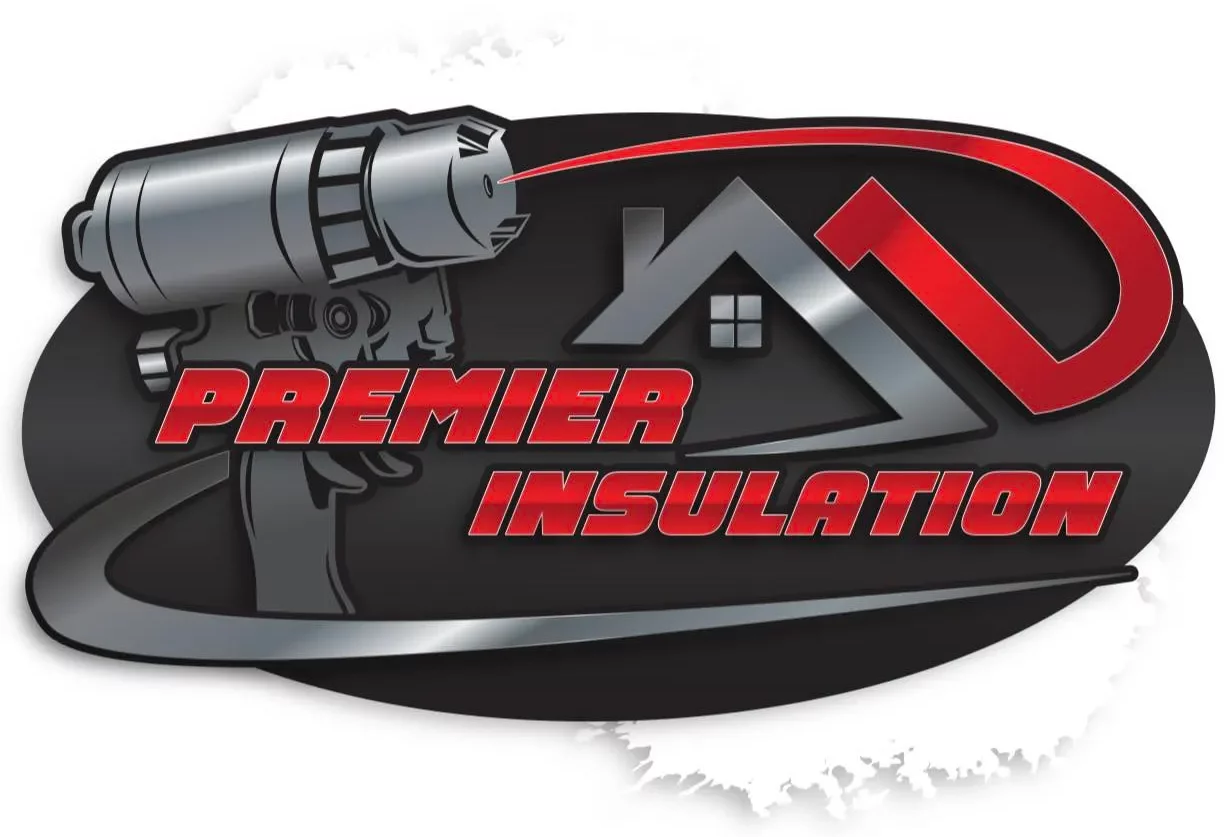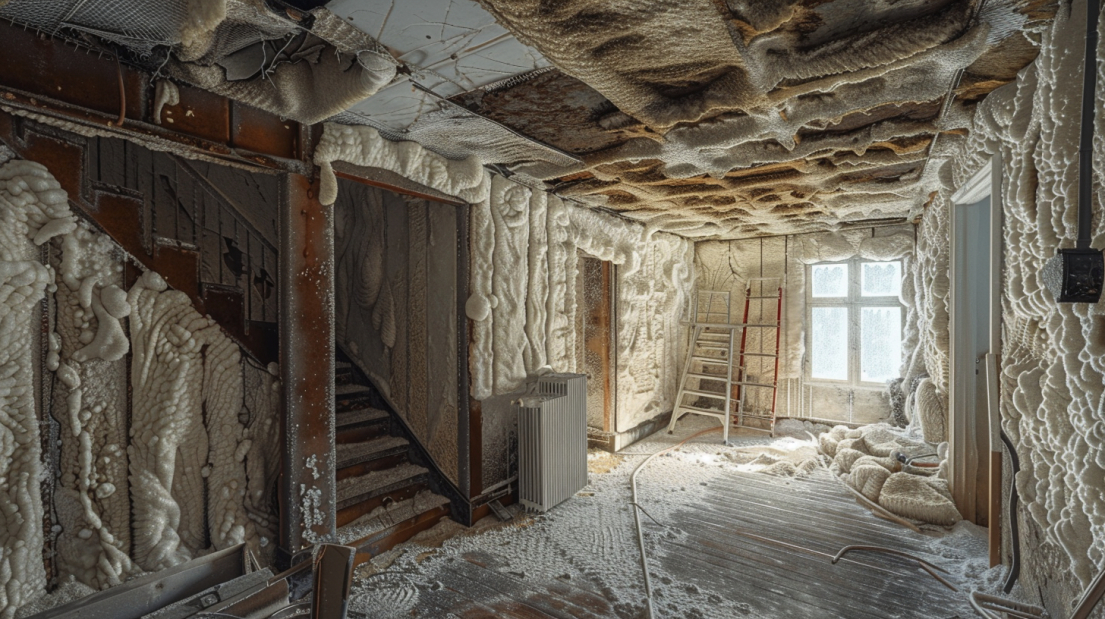Older or poorly installed insulation fails to keep heat out in summer and in during winter. In Leon County, FL, where temperature shifts and humidity levels challenge home energy efficiency, the most immediate signs of insulation issues include high utility bills, uneven indoor temperatures, and frequent HVAC cycling. Other indicators are persistent drafts, mold growth, and pest activity in wall cavities or attics.
Timely insulation updates are essential for comfort and cost control in Florida’s humid subtropical climate. This article outlines key warning signs, compares insulation options, and presents data-backed guidance. All information is based on hands-on experience with residential and commercial insulation across North Florida.
Observable Signs of Failing Insulation
Temperature Fluctuations and Drafts
Inconsistent room temperatures and unexpected drafts, especially near windows, ceilings, and floors, often signal insulation voids or compression.
Bonus Tip: Check for drafts using a smoke pencil or incense stick around baseboards and outlets.
Rising Energy Costs
Insulation breakdown leads to higher heating and cooling demand. Compare your monthly utility bills to last year’s usage at similar temperatures.
Mold, Mildew or Moisture in Walls
Inadequate vapor barriers or saturated insulation attract mold. This risk increases in areas like crawl spaces and attics.
Indoor Air Quality and Allergies
Old or damaged insulation can trap allergens, dust, and mold spores, worsening respiratory symptoms. Signs include musty smells or visible dust trails near vents.
Pest Infestation
Rodents and insects often burrow into degraded insulation. Their presence can indicate contamination or structural gaps.
Ice Dams or Condensation
Florida homes occasionally show ceiling condensation or attic moisture in winter, a red flag for poorly ventilated or under-insulated roof spaces.
Comparison Table: Insulation Replacement Triggers
| Sign | Cause | Urgency Level | Recommended Action |
|---|---|---|---|
| High energy bills | Thermal resistance loss | High | Evaluate insulation R-value |
| Mold or mildew | Moisture retention | High | Replace with mold-resistant option |
| Drafts or uneven temps | Settled insulation or air leaks | Medium | Air sealing + insulation upgrade |
| Pest signs | Compromised barrier layers | Medium | Remove & reinsulate |
| Ice or attic condensation | Roof insulation underperforming | Medium | Add ventilation + closed-cell SPF |
Technical Data Table: Material Specs for Leon County
| Insulation Type | R-Value per Inch | Moisture Resistance | Air Sealing Capability | Longevity |
|---|---|---|---|---|
| Open-Cell Spray Foam | 3.5 – 3.8 | Moderate | High | 10-15 yrs |
| Closed-Cell Spray Foam | 6.5 – 7.0 | High | Excellent | 20+ yrs |
| Blown-In Cellulose | 3.2 – 3.8 | Low to Moderate | Low | 15-20 yrs |
| Fiberglass Batt | 2.9 – 3.8 | Low | Low | 10-20 yrs |
| DC 315 Thermal Barrier | N/A | High | Fire-rated coating | N/A |

Things to Consider Before Making a Decision
- Humidity Exposure: Leon County’s average relative humidity exceeds 70%, making moisture-resistant insulation a priority.
- Building Age: Homes built before 1990 often use outdated materials or lack insulation in key areas like rim joists and crawl spaces.
- Current HVAC Performance: HVAC inefficiency could result from insulation gaps, not equipment failure.
- Budget vs. Longevity: Closed-cell spray foam costs more but lasts decades with minimal maintenance.
Bonus Tip: Use a thermal imaging scan to locate cold spots and validate insulation performance before removal or replacement.
Relevant Services from Premier Insulation GA
- Open-Cell Spray Foam Insulation: Effective for interior walls and sound control.
- Closed-Cell Spray Foam Insulation: High R-value solution ideal for attics, roofs, and crawl spaces.
- Insulation Removal: Safe extraction of contaminated or outdated materials.
- Crawl Space Encapsulation: Moisture barrier installation for humidity and mold prevention.
Common Questions Before Taking Action
Is inspection necessary before replacing insulation?
Yes. Professional assessment ensures targeted improvements and prevents unnecessary expense.
Can insulation be added over old material?
Sometimes. Depends on material condition and moisture exposure.
What time of year is best for replacing insulation?
Cooler months like late fall or early spring help identify thermal losses more clearly.
How long does it take to replace insulation?
Most jobs take 1-2 days for standard residential spaces, depending on material and prep.
Market Facts Supporting the Need for Replacement
- According to the U.S. Department of Energy, 90% of U.S. homes are under-insulated (Source).
- The average energy loss from poor insulation in hot climates like North Florida is 25-30% of total cooling load (Source: Florida Solar Energy Center).
- Studies show that homes with upgraded spray foam insulation report up to 40% HVAC efficiency improvement (Source: Building Science Corporation).
Get Expert Insulation Guidance
To determine if your home needs new insulation or air sealing, schedule a consultation with a licensed contractor. Get an expert review of your existing insulation, moisture exposure, and ventilation needs.
Business Name: Premier Insulation GA Phone: (229) 554-3939 Email: info@premierinsulationga.com
FAQ
What happens if old insulation isn’t replaced?
It continues to degrade, leading to higher bills, mold risk, and reduced indoor comfort.
How often should insulation be checked?
Every 5 years or after major weather events.
Can spray foam be used in crawl spaces?
Yes. Closed-cell is preferred for its moisture resistance and structural support.
Are DIY insulation kits effective?
They may offer short-term benefits but lack the precision of professional installation.
Will new insulation reduce HVAC strain?
Yes. It helps maintain consistent temperatures, reducing system workload.


